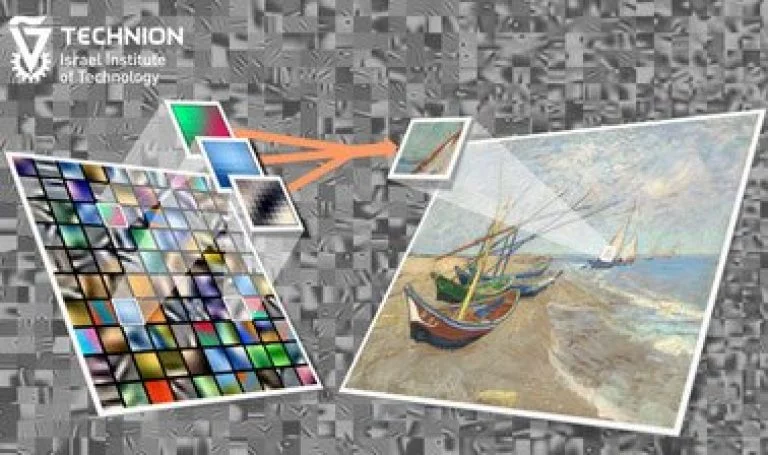
Sparse Representations in Image Processing: From Theory to Practice
FREE
This course is a follow–up to the first introductory course of sparse representations. Whereas the first course puts emphasis on the theory and algorithms in this field, this course shows how these apply to actual signal and image processing needs. Models play a central role in practically every task in signal and image processing. Sparse representation theory puts forward an emerging, highly effective, and universal such model. Its core idea is the description of the data as a linear combination of few building blocks – atoms – taken from a pre–defined dictionary of such fundamental elements. In this course, you will learn how to use sparse representations in series of image processing tasks. We will cover applications such as denoising, deblurring, inpainting, image separation, compression, super–resolution, and more. A key feature in migrating from the theoretical model to its practical deployment is the adaptation of the dictionary to the signal. This topic, known as “dictionary learning” will be presented, along with ways to use the trained dictionaries in the above mentioned applications.
Instructor Details
Courses : 2
Specification: Sparse Representations in Image Processing: From Theory to Practice
|
4 reviews for Sparse Representations in Image Processing: From Theory to Practice
Add a review Cancel reply
This site uses Akismet to reduce spam. Learn how your comment data is processed.
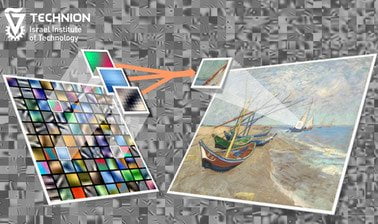
| Price | Free |
|---|---|
| Provider | |
| Duration | 27.5 hours |
| Year | 2020 |
| Level | Expert |
| Language | English |
| Certificate | Yes |
| Quizzes | Yes |

FREE

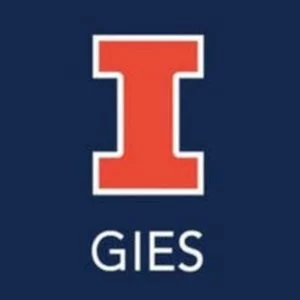

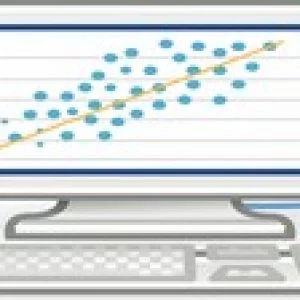
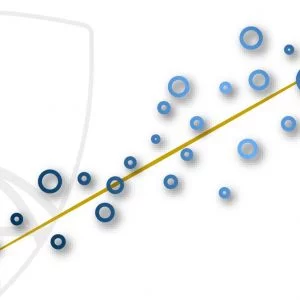
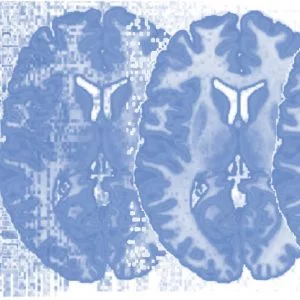
Anonymous –
Excellent but advanced course. It follows Michael Elad’s textbook “Sparse and Redundant Representations” closely. You need a good working knowledge of linear algebra to succeed. I recommend Guillermo Shapiro’s MOOC “Image and Video Processing: From Mars to Hollywood with a Stop at the Hospital” on Coursera before taking this one.
Anonymous –
I’ve learnt a lot in this course. It follows Prof. Elads book closely. I really enjoyed the practical projects as well. If you want to no more about this topic you should definitely take this course. I want to thank Prof. Elad for sharing all his knowledge with students and researchers world wide. Have a look at his website if you want to find interesting papers on this topic.
Anonymous –
An excellent course for those with knowledge of: Linear Algebra, DSP, and Probability.
The instructor teaches the course material from his own book, which I always think is a good sign as I assume they must know the subject pretty well. After following the course this assumption holds true in this case.
The material can get pretty difficult but if you put in the effort you’ll be rewarded.
Anonymous –
An excellent and very interesting course at an advanced level. Familiarity with linear algebra is essential and general familiarity with image and signal processing is also assumed. The accompanying theoretical course is also very well presented and very interesting.